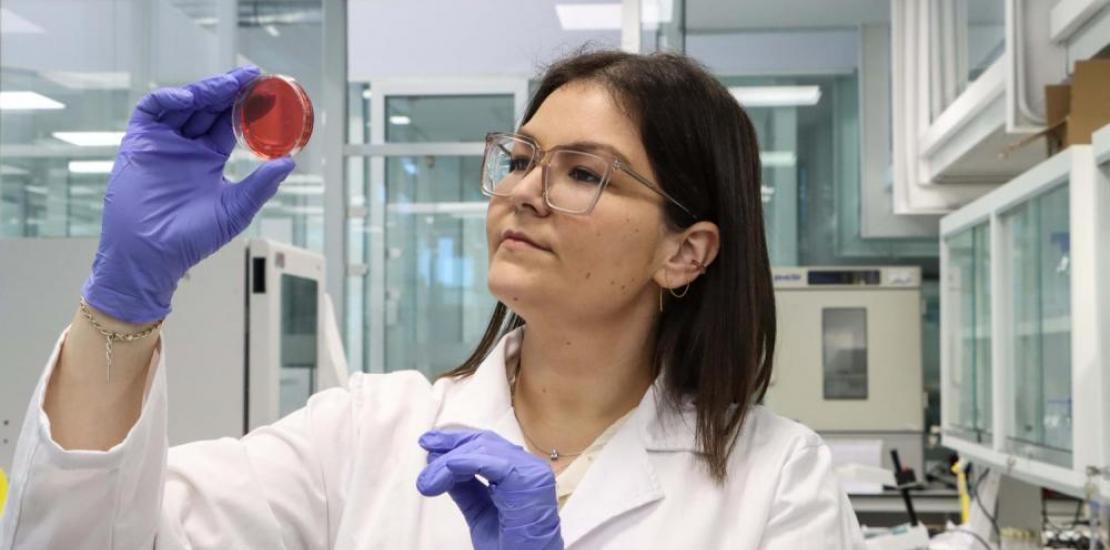Bioactive compounds in ham could protect against cell deterioration
A study by UCAM in collaboration with Purdue University (USA) shows that peptides in cured ham could protect cells from oxidative damage and improve their survival
Noelia Hernández Correas, a researcher in the Industrial and Culinary Food Processing Technology research group at UCAM, in collaboration with researchers from Purdue University (USA), has conducted a study revealing that bioactive peptides from Spanish cured ham could have functional health properties. These compounds, generated during the curing process, have shown protective activity against cell deterioration and oxidative damage, prolonging life in biological models.
The researcher stayed in the United States where she tested these effects in an in vivo model called C. Elegans. This nematode or worm shares around 60-80% similarity with the human genome. As a result, the researcher was able to evaluate how certain treatments with bioactive peptides from cured ham are capable of prolonging the life of these worms under conditions of oxidative stress. Oxidative stress is an imbalance caused by a lack of antioxidants, which allows free radicals to damage cells. Noelia Hernández explains: ‘It's as if the balance between our “soldiers” (antioxidants) and our “enemies” (free radicals) were broken, which can have negative consequences for health, contributing to the development of diseases and/or cellular ageing’.
To achieve these results, the worms were first synchronised to ensure that they were all at the same stage of life, then treated with peptides for 24 hours and finally subjected to oxidative stress conditions.
This model is widely used due to its many biological and experimental advantages. It is a simple, transparent organism (allowing cellular processes to be observed in real time), with a complete nervous system and a well-characterised genome that shares many of its genes with humans. It has a short lifespan, reproduces quickly and is inexpensive to maintain, making it perfect for studying genetics and diseases over several generations. In addition, there are many strains with mutations that mimic human diseases, allowing treatments to be tested and a better understanding of how these diseases work. All this makes it a very useful tool, particularly for research into ageing or the effects of certain drugs.
This work was carried out during a five-month stay at Dr Andrea Liciaga's laboratory at Purdue, funded by a grant from UCAM and thanks to the Research Group on Industrial and Culinary Food Processing Technology. In addition to studying the technique of handling this in vivo model in depth, she collaborated with other researchers on different studies, learning new molecular and biochemical analysis methodologies, thus completing her pre-doctoral training. This interaction has been key to opening up new avenues of research focused on the use of C. elegans as a model for evaluating the functionality of bioactive compounds and their relationship to health.




